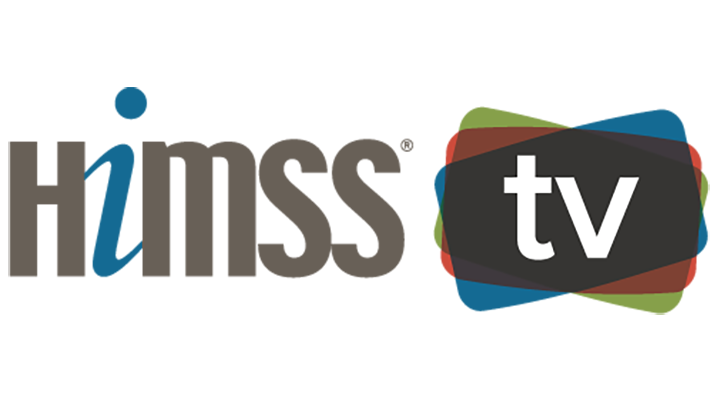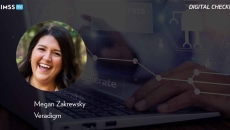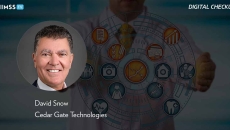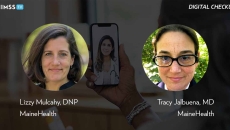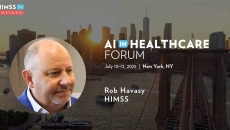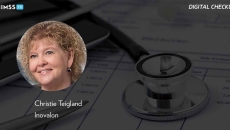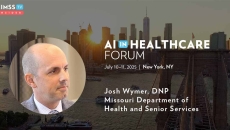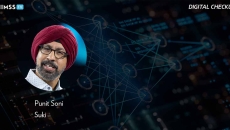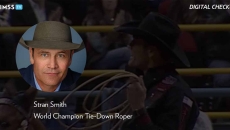HIMSS TV
Megan Zakrewsky, VP of product for clinical data exchange at Veradigm, discusses how automating payer data exchange and reducing desktop crowding for providers supports decision-making and reduce burnout.
WakeMed Health & Hospitals IS project manager Elizabeth Murumalla discusses the health system's deployment of genAI and predictive modeling and its collaboration with Epic to manage challenges.
Today, 60% of all healthcare payments are in some form of value-based care if you include fee for service with quality metrics for upside bonuses, says Dave Snow, CEO of Cedar Gate Technologies.
MaineHealth's Lizzy Mulcahy, DNP, and Dr. Tracy Jalbuena discuss the importance of sharing data with stakeholders and partners as well as how to get more patients involved and interested.
Challenges such as workforce shortages that are not getting any better and tight funding are driving the healthcare industry toward AI deployment, says Rob Havasy, HIMSS senior director of informatics strategy.
Data reveals that the people who are enrolling in Medicare Advantage have 50% more chronic conditions than people who are enrolling in Medicare fee-for-service, says Christie Teigland, Inovalon's VP of research science and advanced analytics.
Clinicians need to have integrity with how they present AI tools to their teams, focusing on how those tools can solve problems, says Josh Wymer, chief health information and data strategy officer at the Missouri Department of Health and Senior Services.
When implementing AI-powered assistants and ambient technologies, it is essential to know if what you are buying is an actual assistant and if it has features beyond just clinical documentation, says Punit Soni, founder and CEO of Suki.
The struggle is that "you can't just plop something in the middle of a system even though it has good effectiveness and expect people to change their behavior or trust it," says Dr. Cole Zanetti at Rocky Vista University College of Osteopathic Medicine.
Pro Rodeo Hall of Fame roping champion Stran Smith discusses how he discovered he had a hole in his heart and how his journey to finding treatment allowed him to return to roping and continue both his career and his lifestyle.
